42,500
tonnes of waste per year
in designed capacity
In Aalborg, Denmark, the municipality has chosen to invest in optical sorting to simplify source separation for residents while also creating a more sustainable waste management system. The solution is operated by the private company Meldgaard Miljø A/S, on behalf of the municipal company Nordværk, which is owned by Aalborg Municipality. The facility handles approximately 42,500 tonnes of waste per year from the city’s 110,000 households and 5,000 holiday homes, where around 224,000 residents now sort their waste into coloured bags. Initially, two fractions are included: food waste in green bags and residual waste in black bags, but the system is already prepared for expansion with two additional fractions (types of waste).
By using coloured bags instead of multiple bins, households benefit from a simpler and more space-saving solution. The sorting technology enables the efficient separation of waste streams while reducing the number of bins and the need for heavy transport in urban environments. For residents, this means less hassle, and for the municipality, it is both cost-effective and environmentally sustainable. Envac has extensive experience with sorting solutions and already operates around 20 similar facilities in Sweden and Norway. Aalborg is the first municipality in Denmark to implement this solution, and it is hoped that the project will serve as a model for other Danish municipalities.
tonnes of waste per year
in designed capacity
fractions
Food waste & Residual waste
households + countryside houses
connected to the facility
Photos from Circular Denmark and Nordvaerk
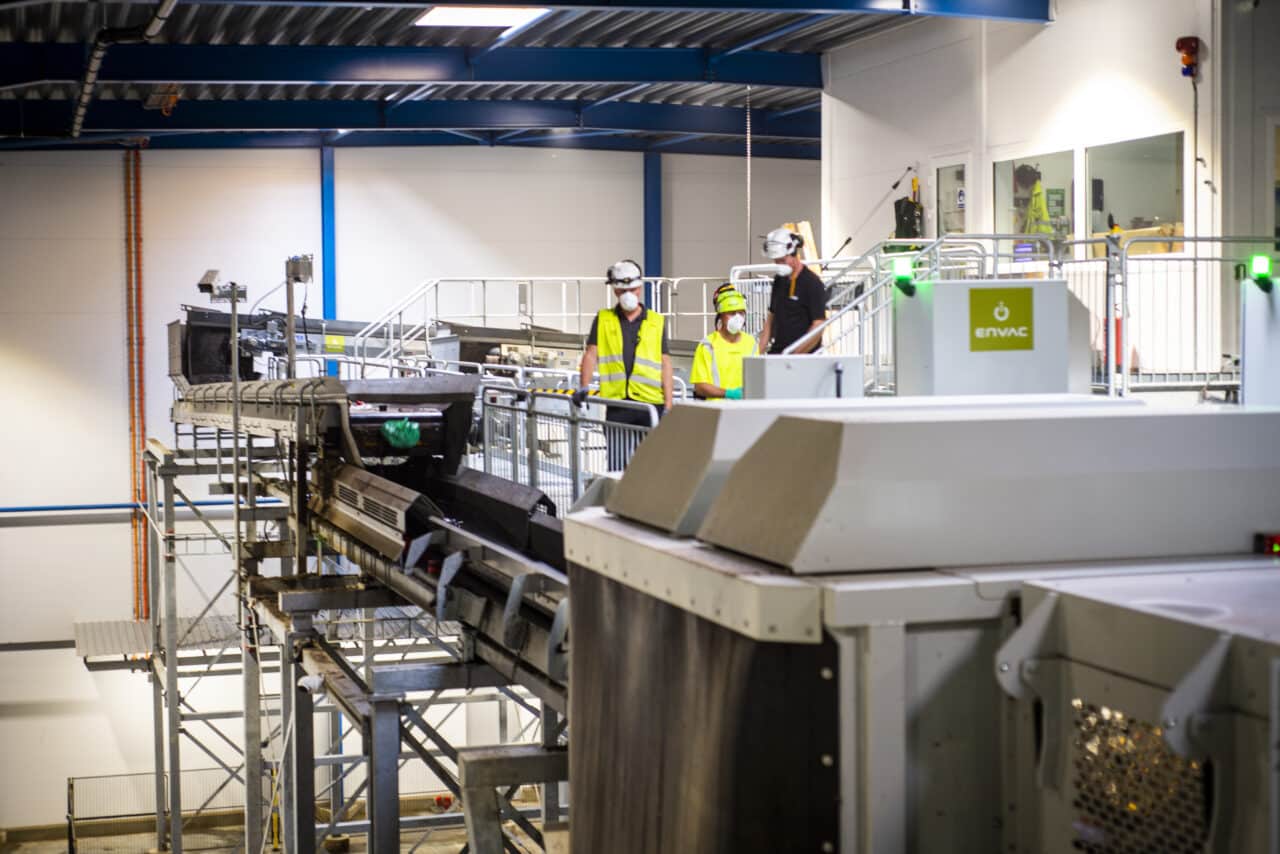

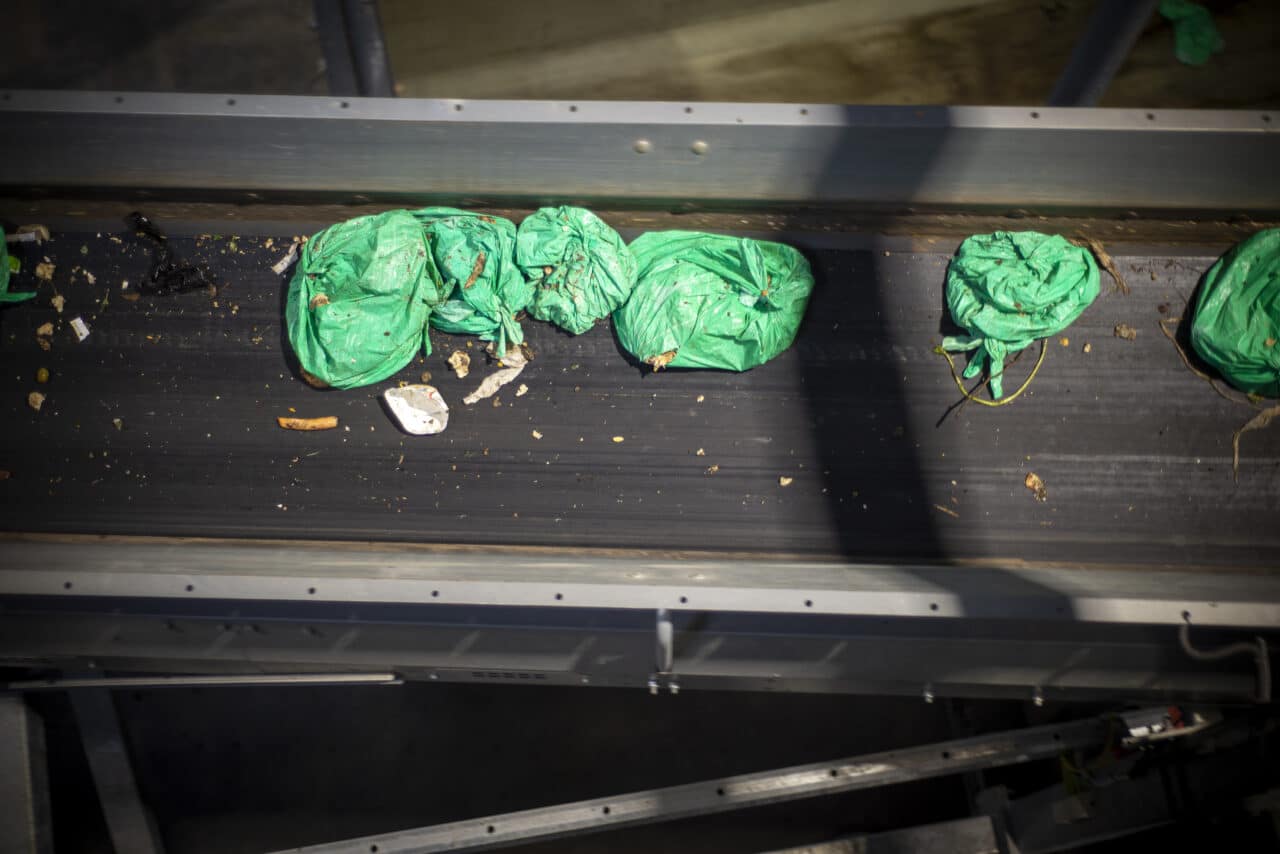
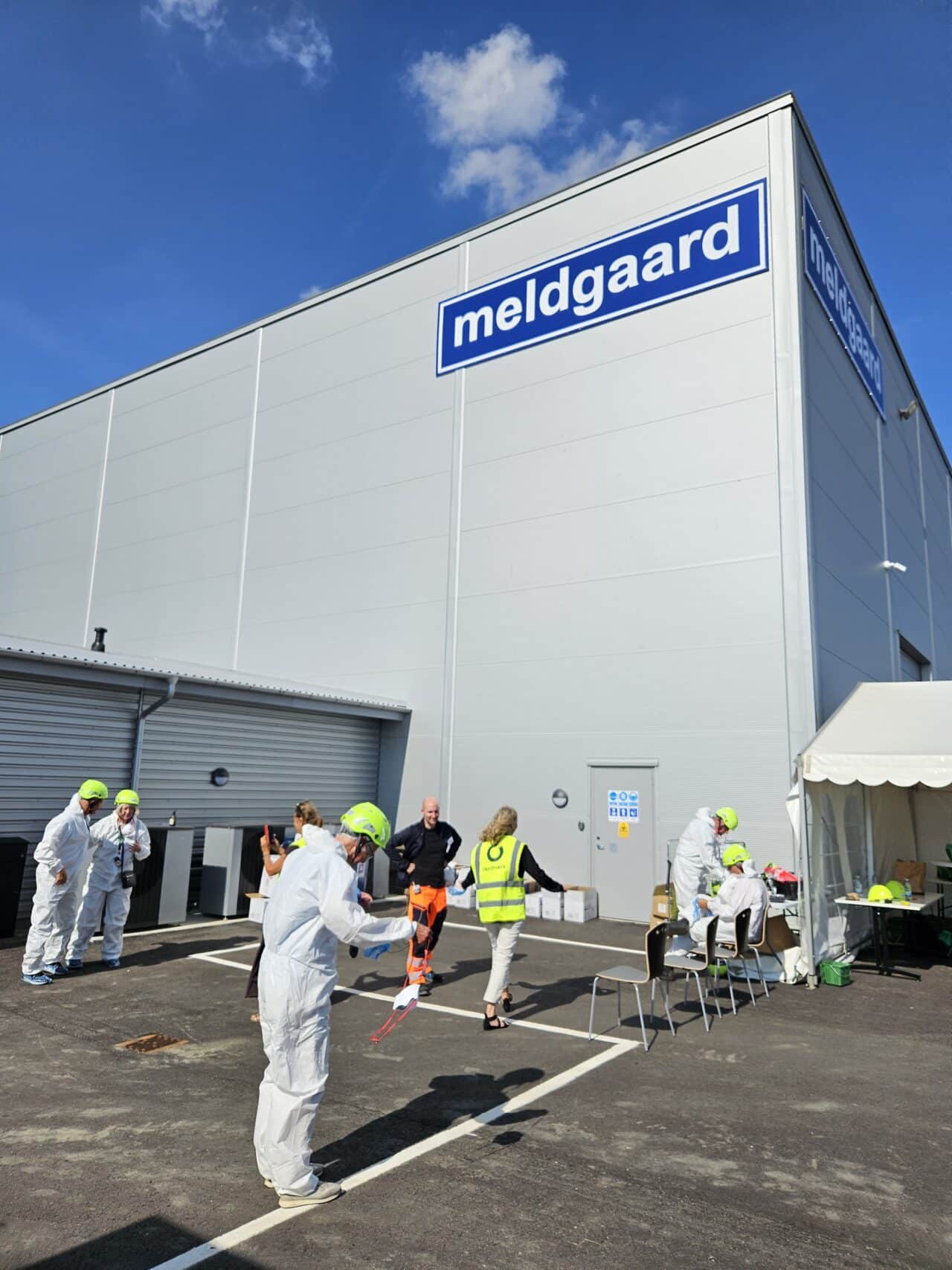

Sorting Ljungby, Sweden
In Ljungby and Alvesta, more than 27,000 households now sort their waste into colour-coded bags, which are processed at a modern optical sorting facility. Food waste is converted into biogas and biofertiliser, while the other fractions are recycled for a more sustainable society. The aim is also to increase recycling and make it easy for residents to sort correctly at source.
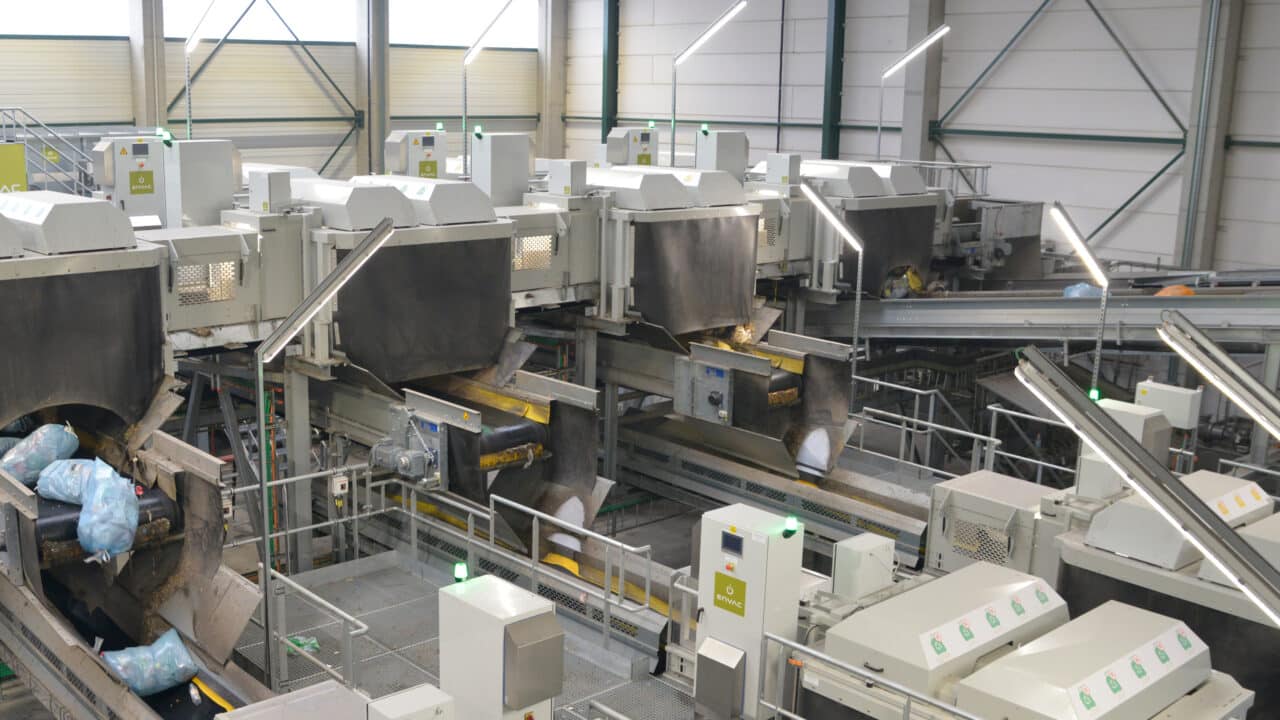
Sorting Biostoom Beringen, Belgium
The Limburg Optimo Sorting Facility, launched in 2022, serves 32 municipalities and over 300,000 households. It currently sorts five waste fractions: food waste, garden waste, textile waste, residual waste, and plastic/metal packaging. The facility is built to be flexible, with the option to add two more fractions in the future.
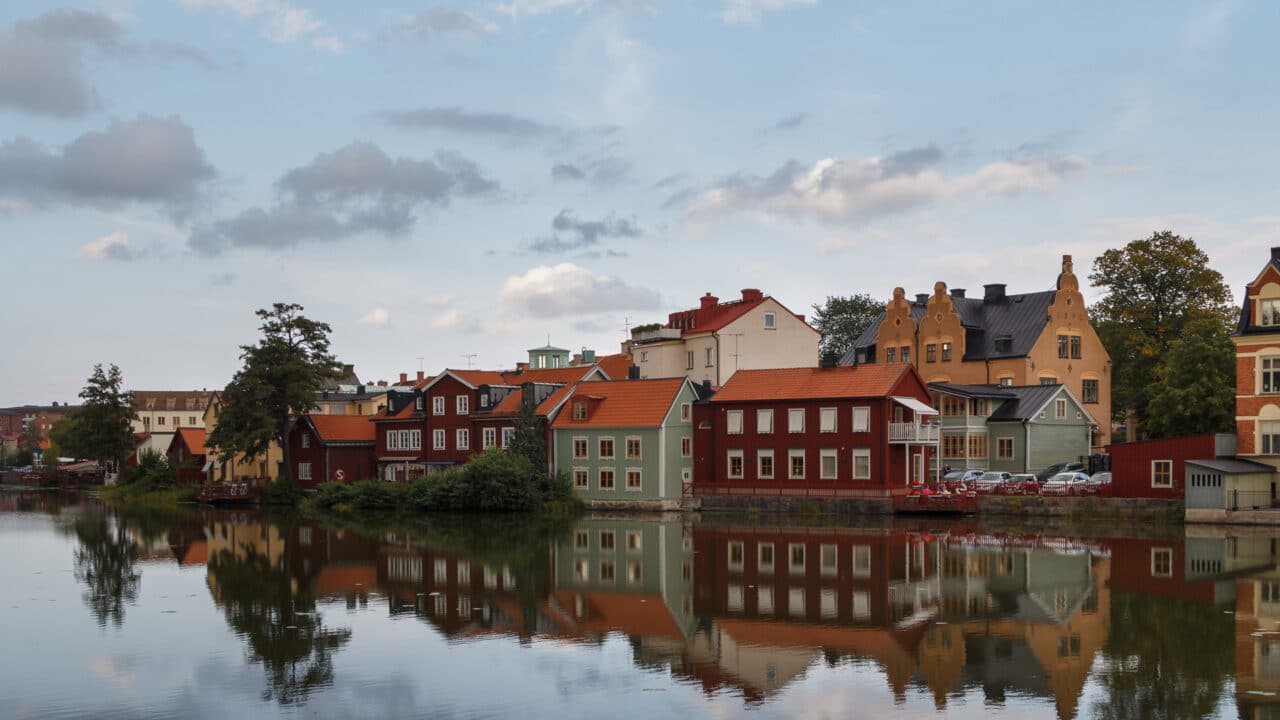
Sorting Eskilstuna, Sweden
Eskilstuna was early with household waste recycling. With the higher demands of The National Goals the municipality introduced optical sorting. Within only a few months the target of 50% sorted waste was accomplished.